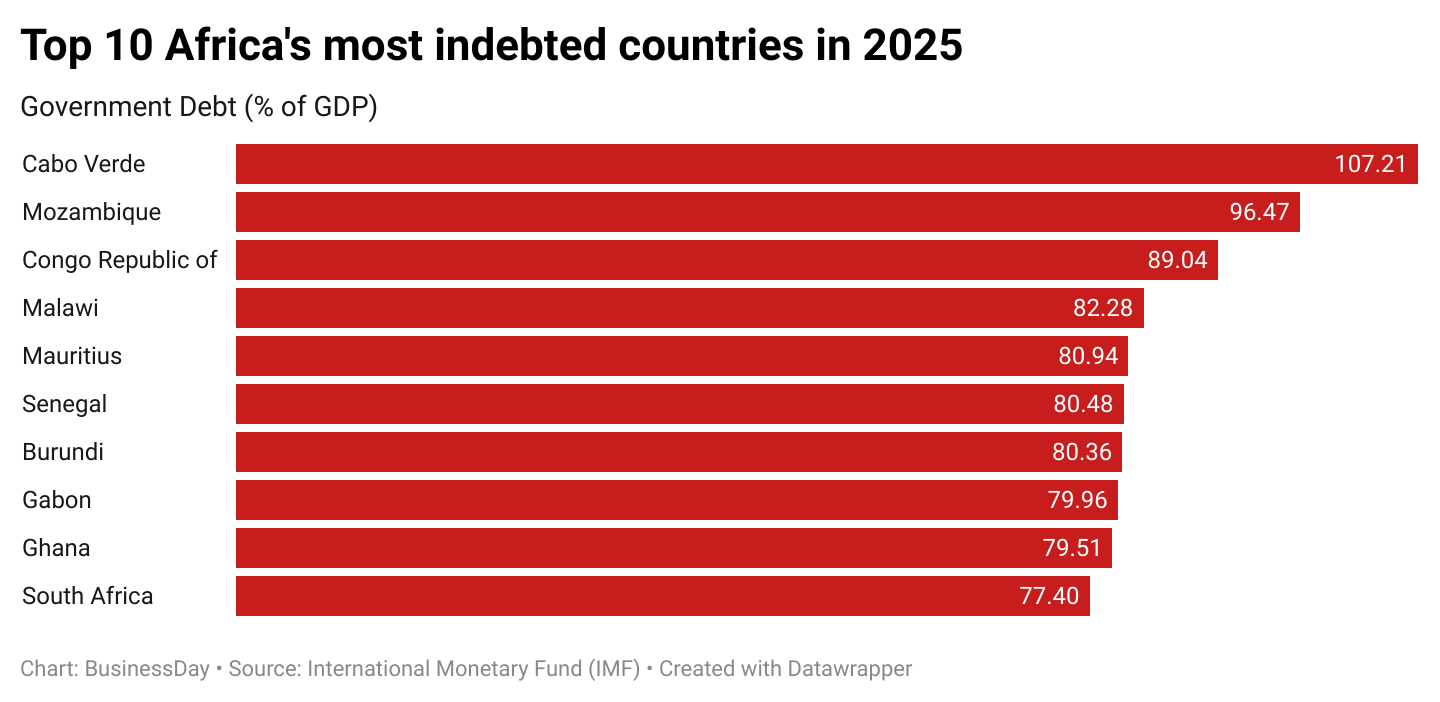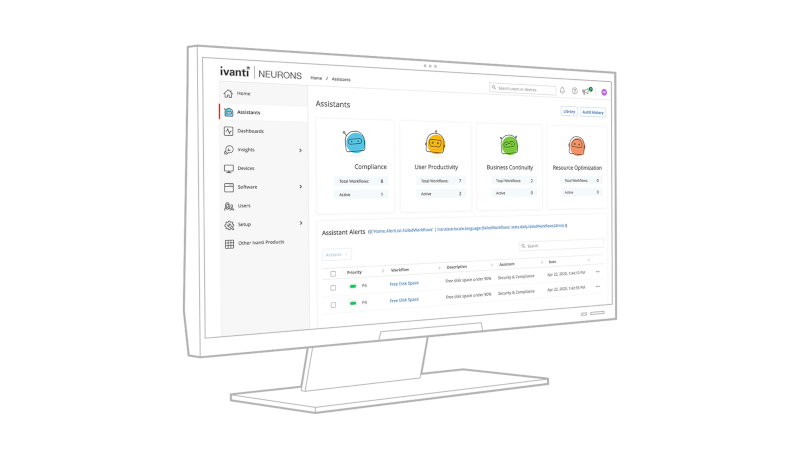India’s agricultural landscape is a tale of stark contrasts. On one hand, large landowners thrive with access to resources and capital; on the other, small and marginal farmers struggle to sustain themselves on fragmented plots of land. These farmers are caught in a vicious cycle of diminishing landholdings, lack of resources, and predatory moneylenders.
However, ‘holistic collective farming’ aims to pool fragmented landholdings and empower small farmers through collective efforts.
In many farming communities, land inheritance traditions have led to a steady reduction in farm sizes over generations. Small plots of land, often less than an acre, are insufficient to sustain a family. Without access to reliable water sources, quality seeds, or market knowledge, these farmers struggle to make ends meet. Many fall prey to moneylenders who charge exorbitant interest rates, pushing them deeper into debt. The result is a cycle of poverty and despair, which has contributed to India’s agricultural distress.
Collective farming
This model seeks to transform the lives of small farmers by addressing their most pressing challenges. The approach involves:
Pooling Land: Farmers retain ownership of their land but agree to pool their plots into a collective unit. This creates larger, contiguous areas for farming, which improves efficiency and scalability.
Collaborating with Social Entrepreneurs: A non-exploitative social entrepreneur provides initial capital, access to water resources, seeds, and marketing channels. They also bring in agricultural experts to train farmers in sustainable practices.
Natural Farming Techniques: Farmers are taught to prepare organic fertilizers using cow dung, cow urine, jaggery, lentil flour, and virgin soil, to enhance soil fertility and reduce dependency on expensive chemical inputs.
Revenue Distribution: Farmers receive daily wages for their labour, ensuring financial stability. After the harvest, revenue from the sale of produce is distributed. Operational expenses are deducted, and the remaining profits are shared among farmers based on their land contribution.
Education and the Future: To arrest further fragmentation of land, the model encourages farmers to document their children’s names in land records. Earnings from the collective farming initiative can fund their education, enabling them to pursue careers outside agriculture.
The benefits
Economic stability: By earning both wages and profit shares, farmers experience immediate and long-term financial benefits.
Sustainability: Natural farming practices improve soil health and reduce environmental harm, creating a sustainable agricultural system.
Social Empowerment: Collective farming fosters community cooperation, reduces dependence on moneylenders, and gives farmers greater bargaining power in markets.
Prevention of Land Fragmentation: Joint ownership through a pooled model halts the physical division of land, ensuring its viability for future generations.
Focus on Education: Redirecting farm income toward children’s education creates opportunities for upward mobility and diversification of livelihoods.
The holistic collective farming model is not just an economic initiative; it is a vision for social transformation. By integrating traditional knowledge with modern sustainability practices, it offers a way to rejuvenate India’s farming sector.
To scale this initiative, government bodies, NGOs, and private stakeholders must come together. Financial incentives, such as subsidies for natural farming inputs or tax benefits for social entrepreneurs, could accelerate adoption.
The writer is former Director Petroleum Indian Oil Corporation (IBP Unit), Mumbai









Leave a Comment